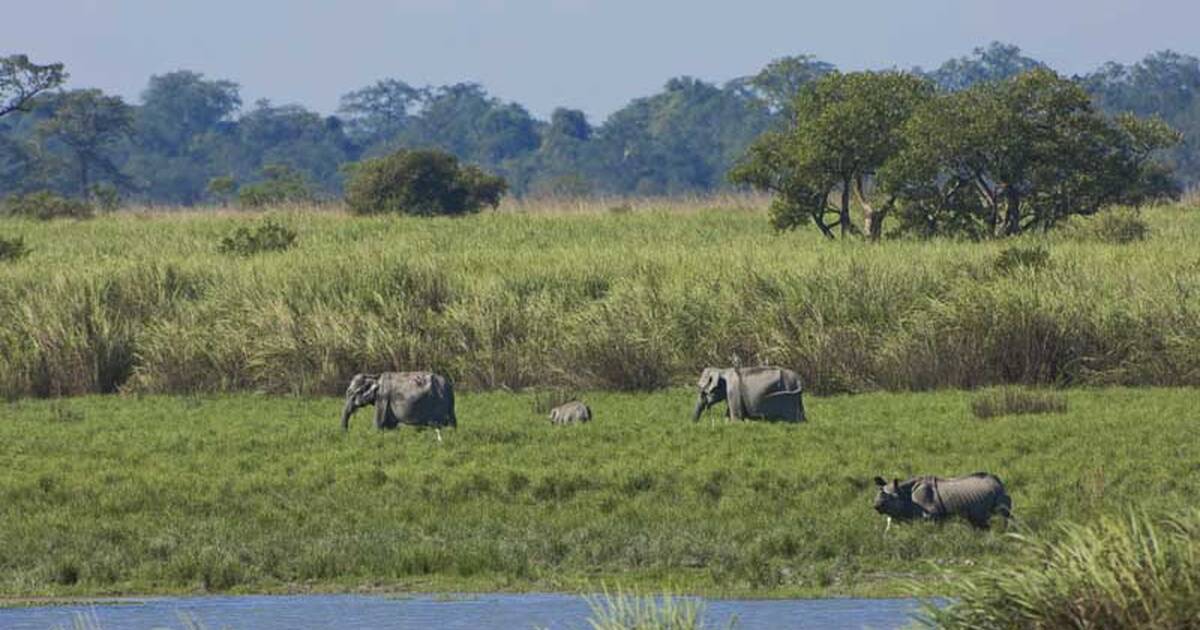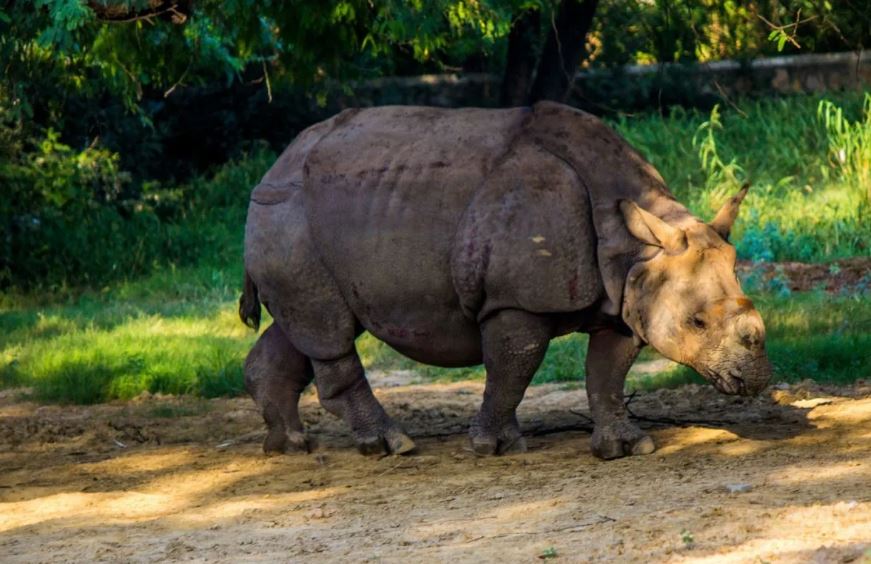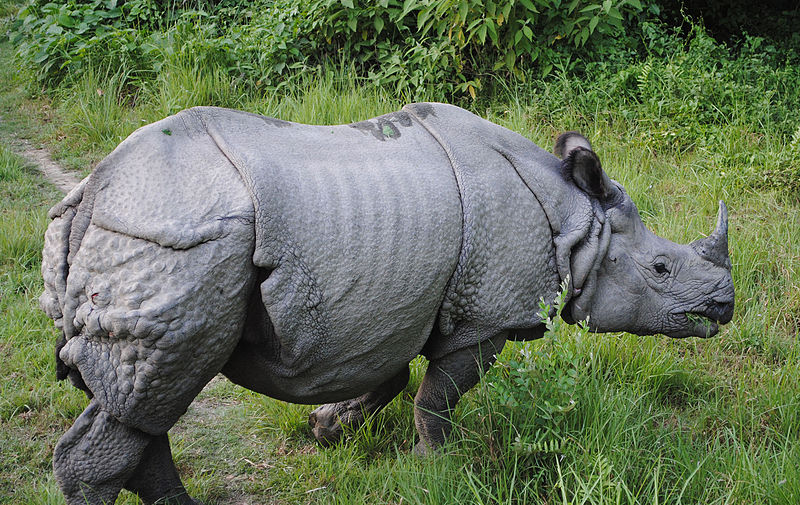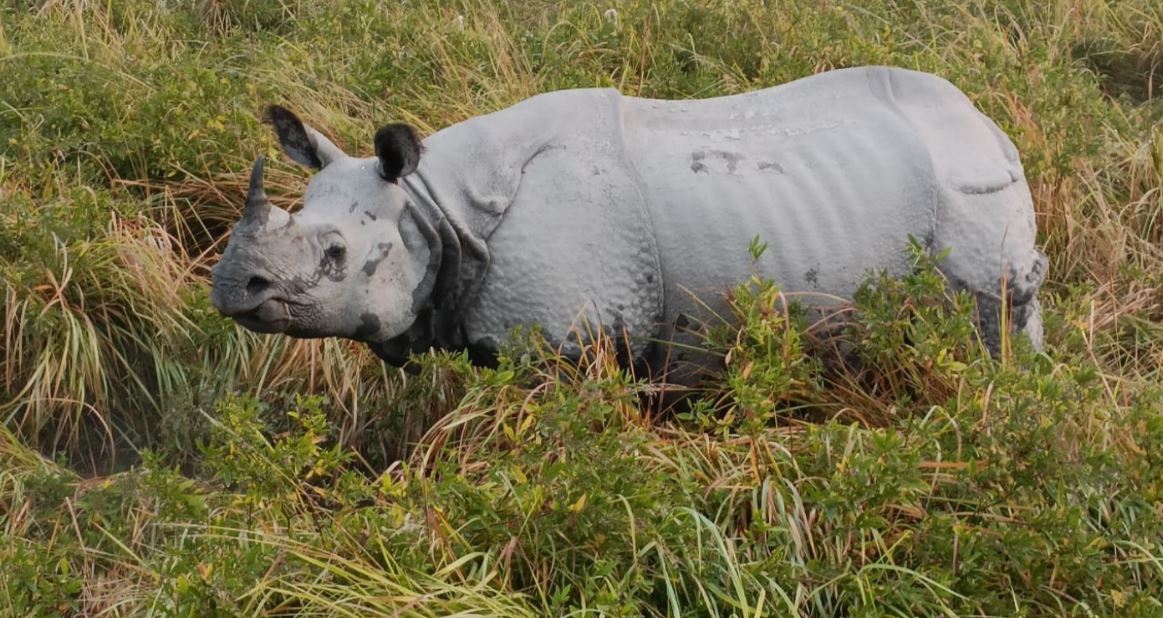
Project Rhino for Greater One-Horned Rhinoceros
The greater one-horned rhinoceros, the second-largest rhino species, possesses a single horn and a heavily folded body, resembling armoured plating and evoking a prehistoric aura akin to dinosaurs. Although not related to these ancient reptiles, they, along with the other two Asian rhino species, are among the oldest mammals. These rhinos are primarily grazers found in the riverine grasslands and adjacent woodlands of northern India and southern Nepal. They often graze on aquatic plants while immersed in water. The gestation period lasts about 15-16 months, with mothers giving birth to a calf every 2-3 years. Except for females with young, greater one-horned rhinos are typically solitary creatures, with males defending territories sporadically. Alongside the greater one-horned rhinoceros, Asia is home to two other rhino species: Javan and Sumatran.
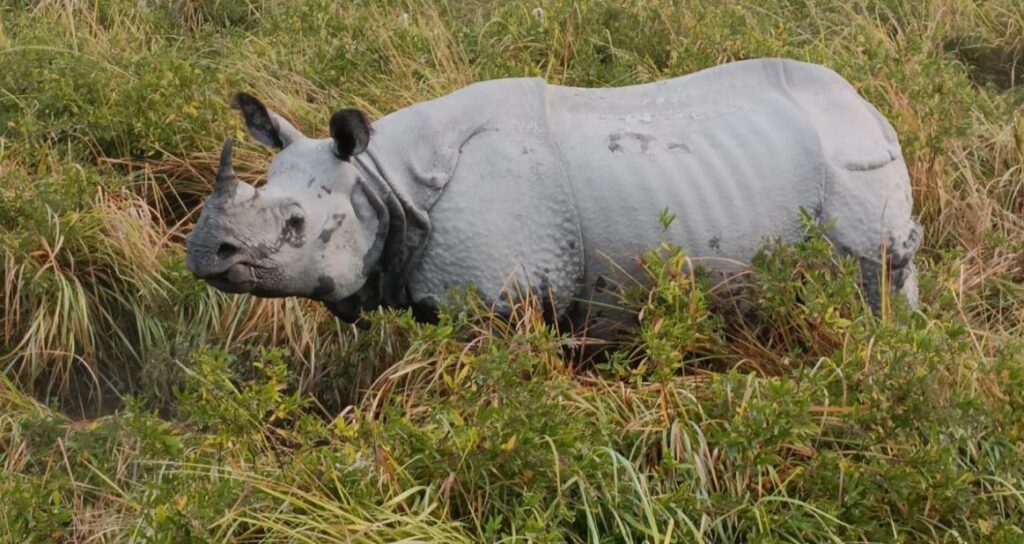
The Indian Rhino is categorized as vulnerable on the IUCN Red List, primarily due to its restricted habitat range. It’s crucial habitats, the alluvial Terai-Duar savanna and riverine forests are facing decline due to human activities encroaching on these areas. Kaziranga National Park in Assam and Pobitora Wildlife Sanctuary are among the prominent sanctuaries dedicated to the conservation of Indian Rhinos in the country.
Threats to the Indian One-Horned Rhinoceros
1. Habitat Degradation: Human activities and natural disasters like floods are causing the habitat of Indian rhinos to deteriorate, leading to a significant number of deaths among the population.
2. Lack of Habitat Diversity: With 70% of the Indian rhino population concentrated in Kaziranga National Park, any unexpected catastrophic event such as disease, natural disaster, or habitat loss could severely impact their status. To mitigate this risk, rhinos have been annually relocated from Chitwan to Bardia and Shuklaphanta National Parks since 1986, ensuring their survival in case of an epidemic.
3. Poaching: Indian rhinos are targeted by poachers due to the high value of their horns in traditional Chinese medicine. Between 2013 and 2018, nearly 100 rhinos were poached in India alone. While breeding Indian rhinos in captivity was historically challenging, Indian zoos have made significant strides in recent decades. Successful breeding programs have also been established in foreign zoos, such as Zoo Basel in Switzerland. Despite conservation efforts by the Indian government, poaching remains a persistent threat to Indian rhinos, necessitating ongoing efforts to combat it.
About Project Rhino
Launched in 2005, the Indian Rhino Vision 2020 set out an ambitious goal to achieve a population of at least 3000 greater one-horned rhinoceros across seven protected areas in Assam by the year 2020. Partnering with organisations like the Assam Forest Department, Bodoland Territorial Council, World Wildlife Fund for Nature, and US Fish & Wildlife Service, the initiative addressed the various threats facing Indian Rhinos. By relocating rhinos from overcrowded areas like Pobitora Wildlife Sanctuary and Kaziranga National Park to other protected areas conducive to breeding, the program aimed to ensure their survival. This strategy, combined with strict protection measures and community engagement, aimed to establish a larger, safer, and more stable rhino population across Assam.
Between 2005 and 2008, the International Rhino Fund (IRF) and its partners in the Indian Rhino Vision 2020 initiative collaborated with local communities, park authorities, and government agencies to enhance the protection and monitoring of existing rhino populations. This involved the construction of guard posts, as well as increased patrols along roads and bridges. In April 2008, the translocation of rhinos commenced, with a total of 18 Indian Rhinos being relocated from Pobitora and Kaziranga to Manas National Park over the subsequent four years. Manas National Park, a UNESCO World Heritage Site, had previously harbored a significant population of Indian One-Horned Rhinos before being impacted by the poaching crisis.
